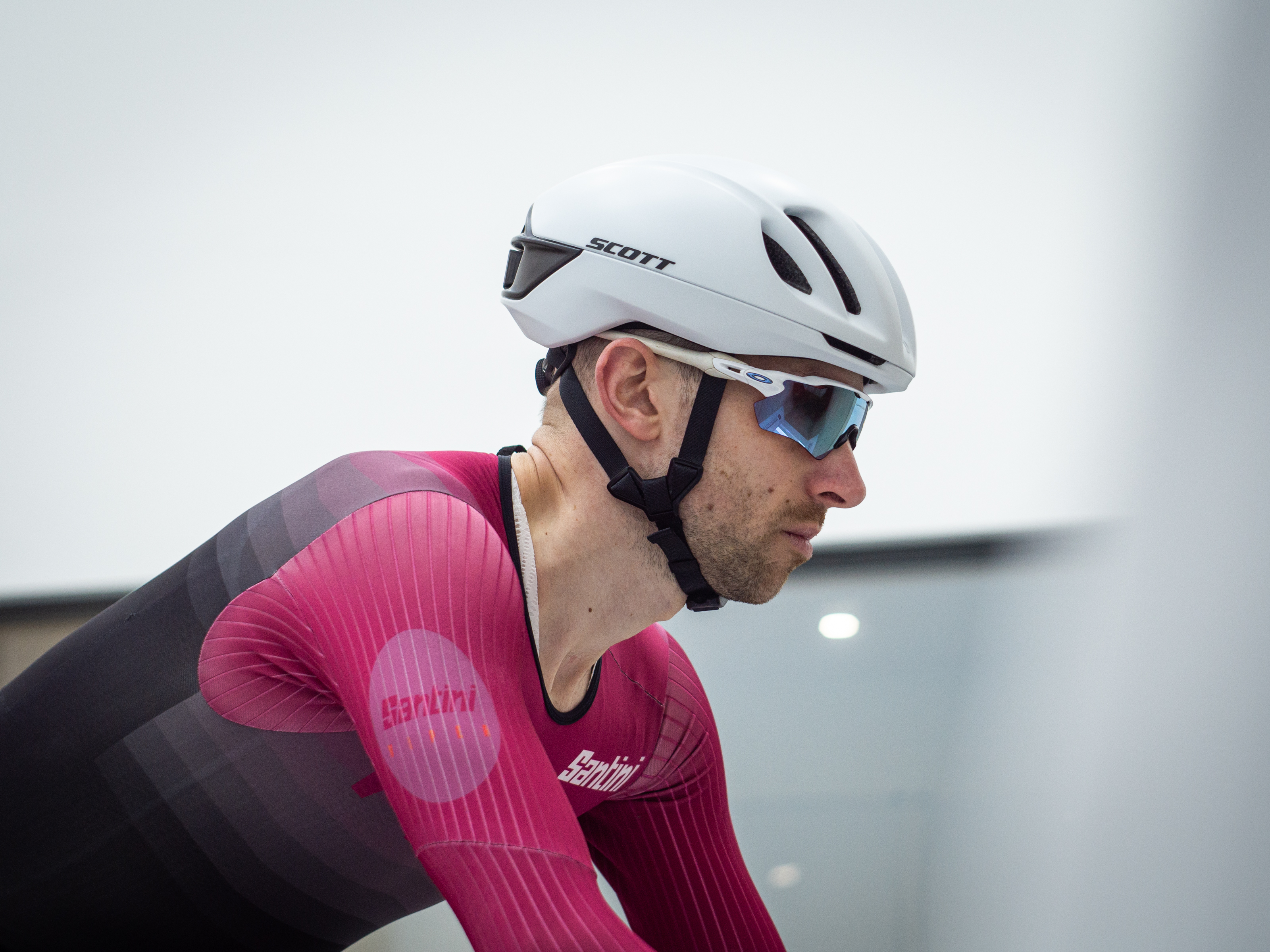
Price: £229.99 / $229.999 / €249.90
Weight: 289 grams - M
Sizes: S/M/L
MIPS: MIPS Air Node
Virginia Tech Score: 13.87
Colours: White / Black / Grey-Lime / Purple
Scott launched the updated Cadence Plus helmet earlier in the year. The brand says it is their fastest helmet ever and the model is used by the riders racing at the top level on the Q36.5 and DSM Firmenich Post NL pro cycling teams.
Scott says the helmet is designed for 'high performance and maximum comfort' and that the Cadence Plus has been extensively tested in the wind tunnel.
The helmet has a lot going for it in terms of specs. It features MIPS Air Node technology, comes with a rechargeable clip-on rear light, has a five-star Virginia Tech helmet test rating and isn't bad looking either! The helmet has a retail price of £229.99 / $229.999 / €249.90 putting it in line with competitors, though you can find it online for a healthy discount currently in the UK at least. For context though, it is over double the price of the very competitively priced Van Rysel FCR I have also been testing.
I've been testing the Cadence Plus for several months and have worn it for a wide range of riding. From steady road rides, to road racing to my longest bike ride ever at 311 Kilometres. We even took it to a wind tunnel ourselves for the Cyclingnews helmet aero test. I've really put it through its paces this summer and am now ready with my in-depth review. You can also read about this helmet competition in our best road bike helmets guide.
Design and Aesthetics
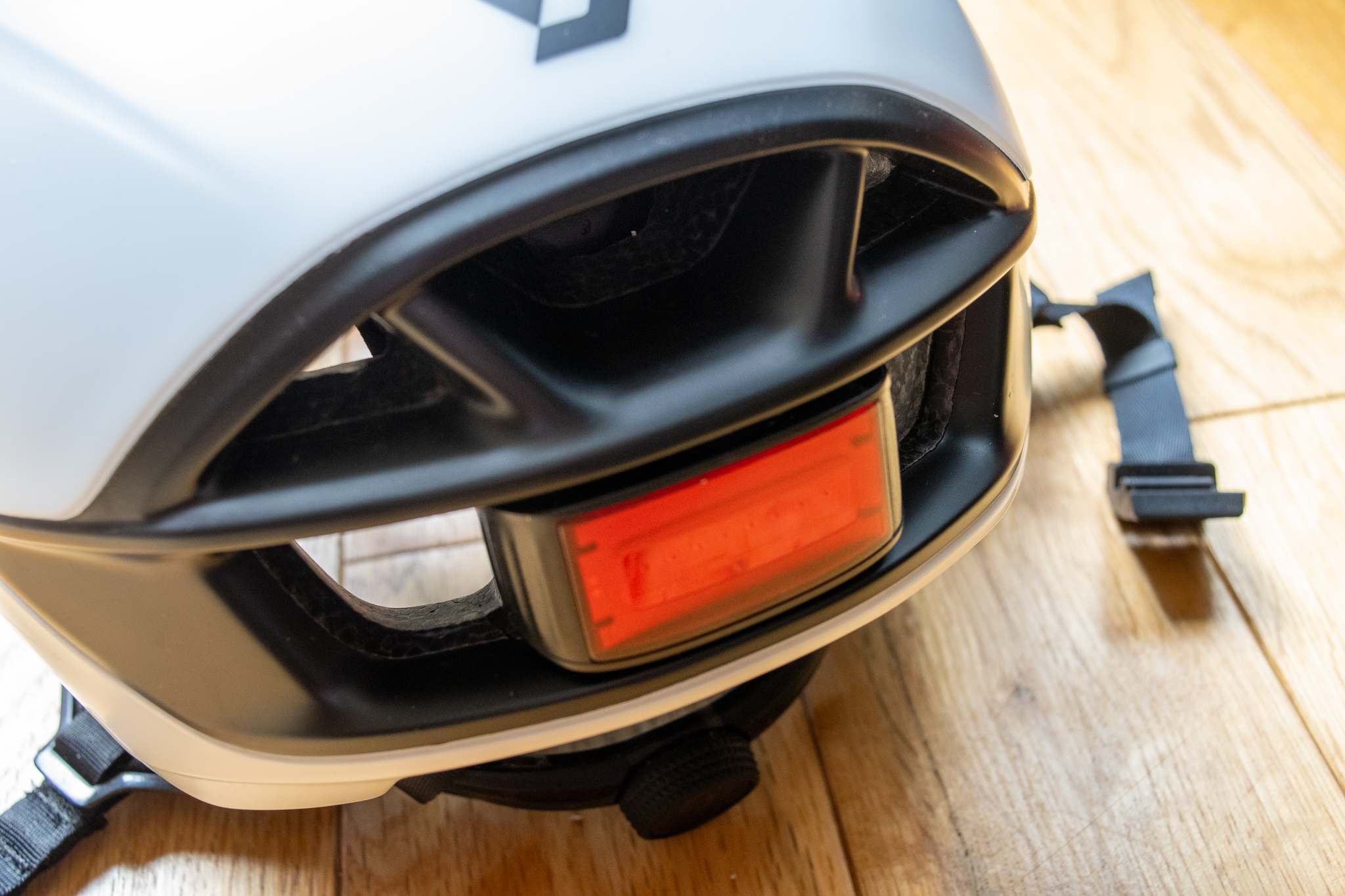
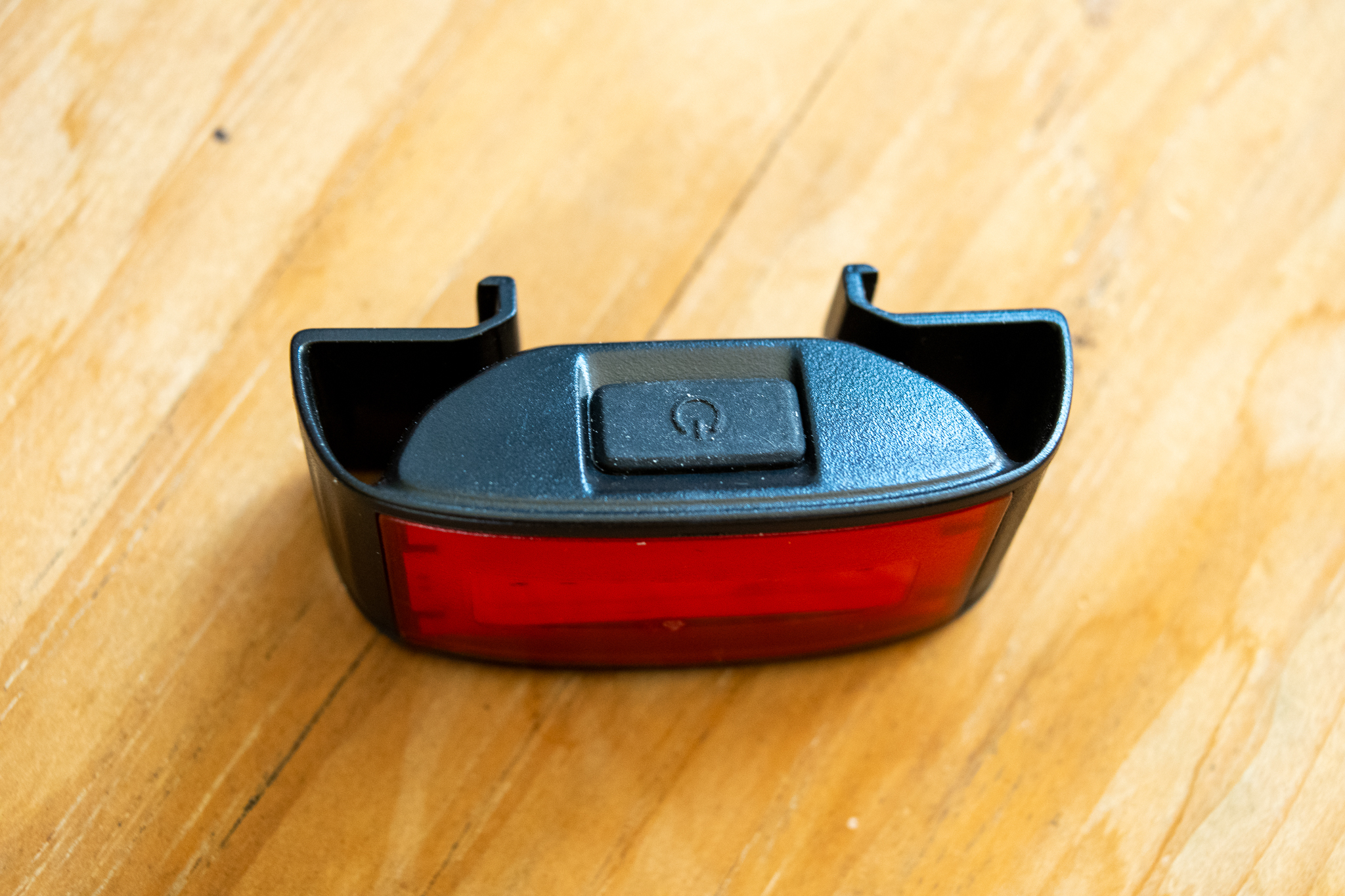
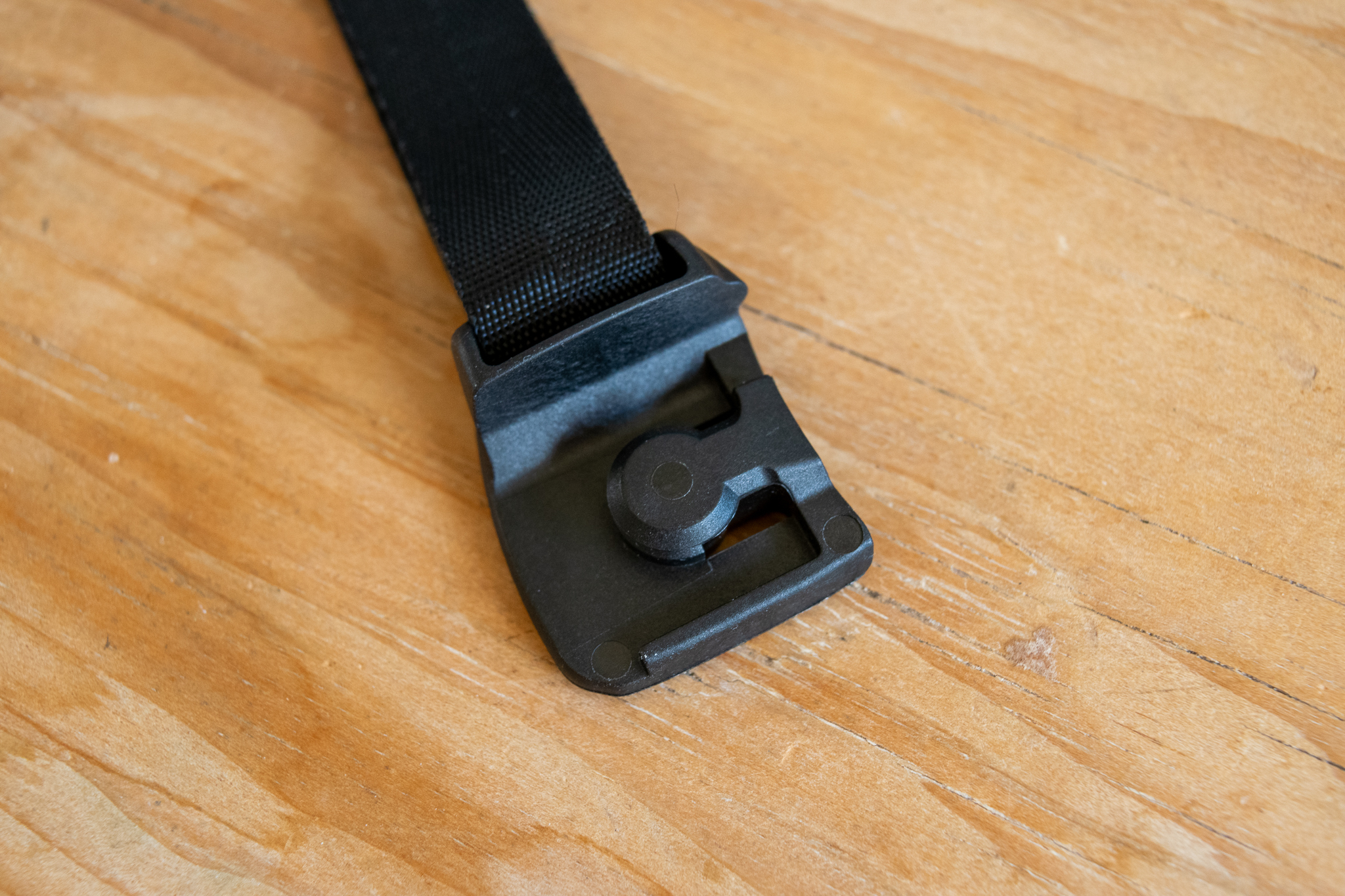
The Cadence Plus is manufactured from polystyrene with a polycarbonate shell. It's available in four colours and comes with a nice soft drawstring bag for storage. I tested the white version which has a satin white finish. There's a silver Scott logo up front and two small black Scott logo's either side. I've picked up a mark on the helmet that I can't seem to remove and it feels like the finish generally may need a bit more care long term to keep it looking really good.
The helmet has 13 vents in total, seven up front and six at the rear of the helmet. Two at the front also double up as sunglasses storage if required, though this is marginally slower; racers be warned.
Vent plugs are also available for the helmet to aid aerodynamics or to add protection from the elements., though none were available for us to test during our wind tunnel test. With the helmet placing a strong fourth without the plugs I find the fact you can add them an attractive proposition and should make the helmet even quicker. On paper, they should also help keep rain at bay on days when the weather isn't good. These plugs don't come with the helmet as standard.
The helmet does come with a rechargeable clip-on light however that attaches to the middle rear of the helmet's vents using two sprung pieces of plastic that are part of the light body. It's a well executed piece of additional protection that doesn't take up extra space. If you ride at night or are commuting etc, it's a clever idea and I was glad of the light when I started Chasing Cancellara at 2 in the morning. The light was flat by the end of the ride but it had done its job.
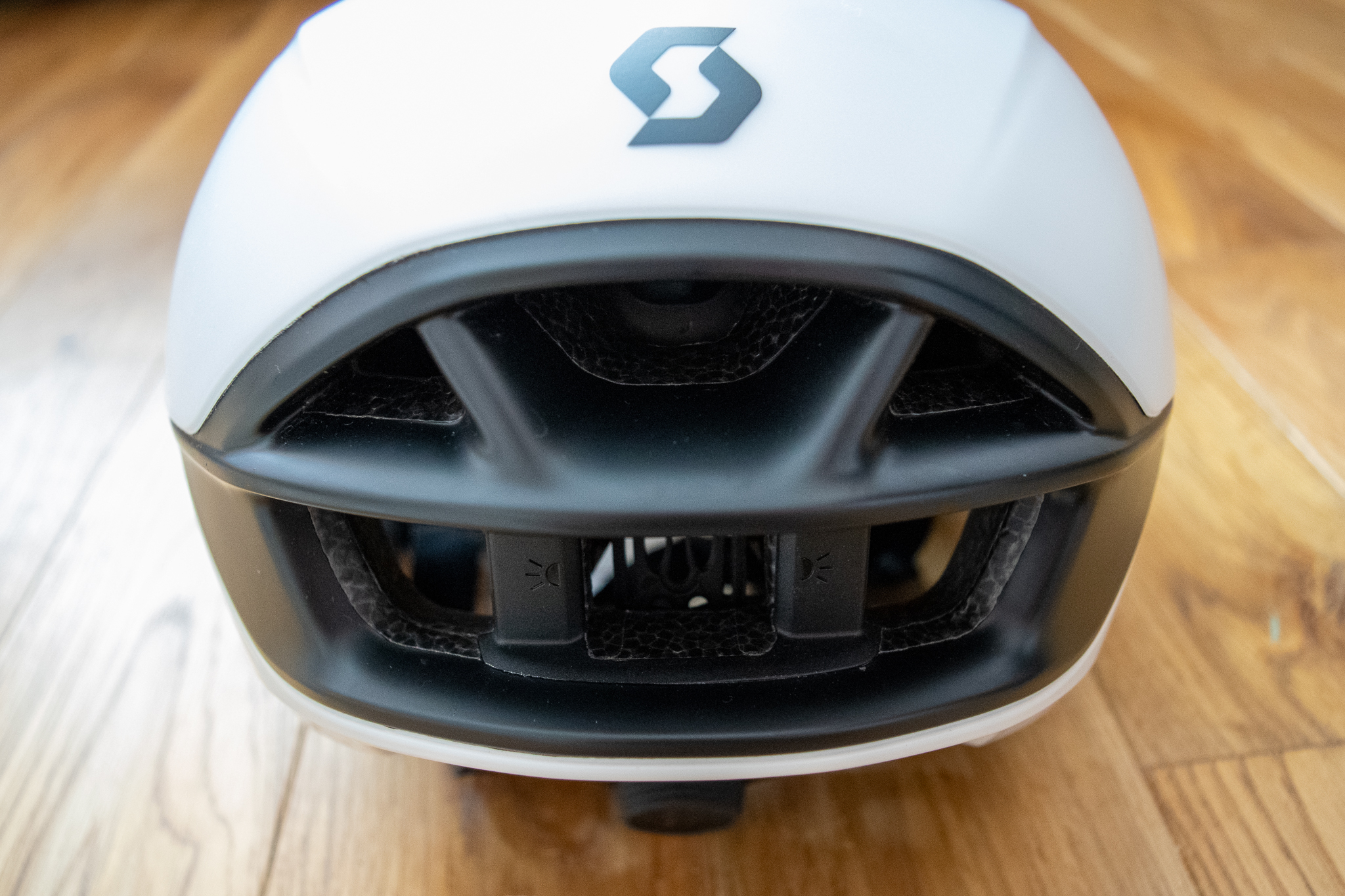
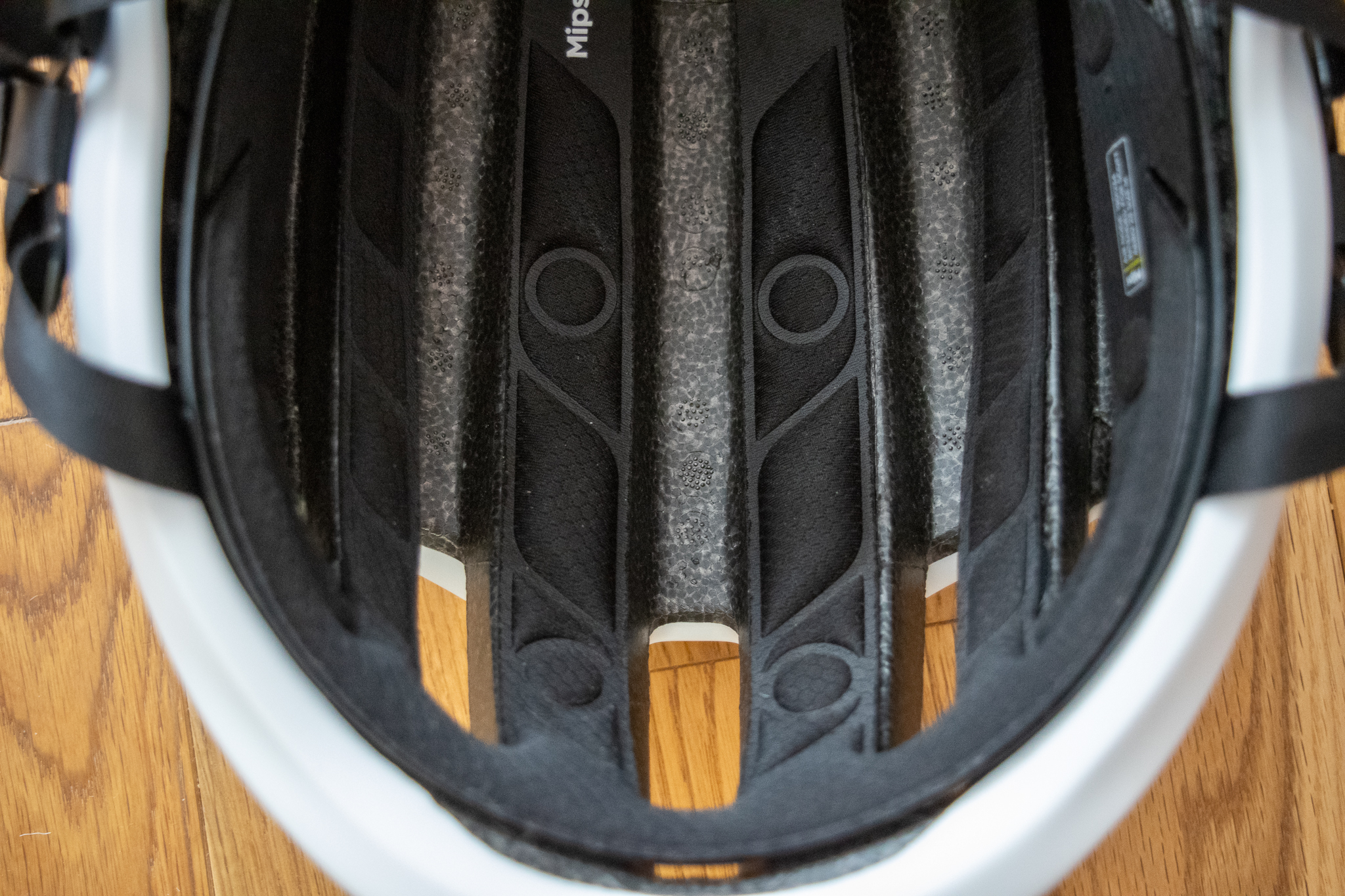
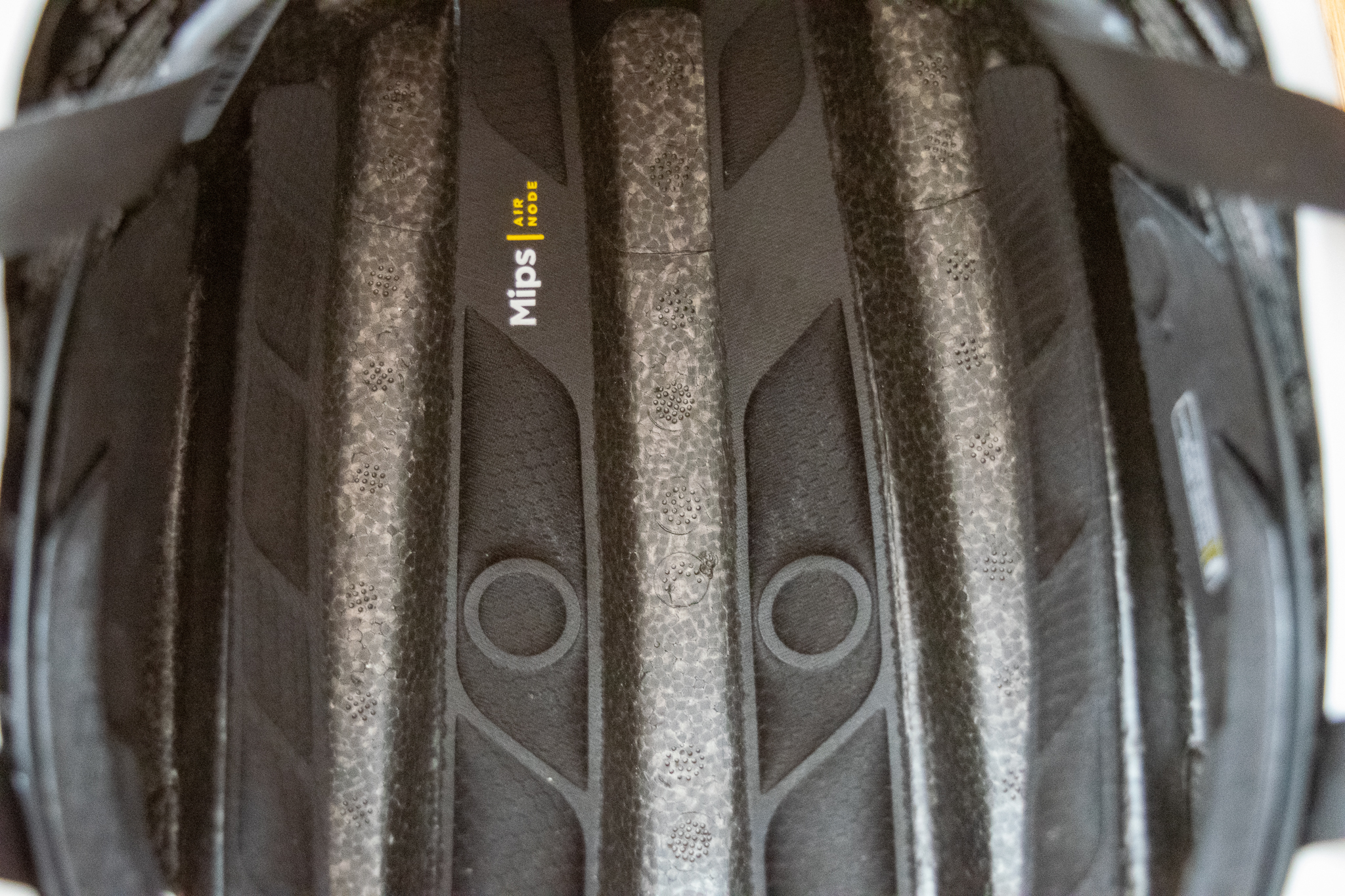
The Cadence Plus is equipped with the MIPS Air Node system. You can read our piece on MIPS tech here if you aren't sure about it. The system consists of a low friction backing layer to the helmet's internal padding which allows the rotational impact on the wearer's head to be reduced in the event of an impact. I haven't been able to test it personally, and hope not to, but generally speaking MIPS tech is desirable in any helmet.
In terms of aero performance and our own testing, it's great to be able to say more than 'it feels fast' and have some data to include for the helmet. I wore it in the wind tunnel during testing in a fairly regular on-the-hoods position which we went for to replicate a real-world riding position. The Cadence Plus placed fourth in our test and was only beaten by the POC Procen with and without a visor and the Specialized Evade III. It's safe to say this is a really strong option if you're looking for a fast helmet first and foremost.
Finally, the helmet has also been included in the Virginia Tech helmet ratings. It currently ranks 144 out of 241 helmets test and importantly has a five star rating. In Virginia Tech's words 'Our impact tests evaluate a helmet's ability to reduce linear acceleration and rotational velocity of the head resulting from a range of head impacts a cyclist might experience. Helmets with more stars provide a reduction in concussion risk for these impacts compared to helmets with less stars.'
In short, a five star rating is very encouraging if your looking for secondary testing when it comes to a helmets safety claims.
Performance

The Cadence Plus has ticked a lot of boxes for me in testing. Visually, I like the aesthetics and design. Its aero shape doesn't feel too bulbous or large on my head and I think it still looks good, and it comes in white. Tick from me there.
I found it took me a bit of time to get used to the Scott Halo Fit retention system and dial in my fit. There are three different positions the helmet cradle can be worn in, you do this by simply pulling or pushing the cradle at the rear of the helmet up or down. You can do this with the helmet off or on your head with the retention dial wound out. In short, you can move the cradle further up or down the rear of your head, it changes how the helmet sits on your head and fits. No big deal here, It just took some time to work out what was the best fit for me and to ensure the very front of the helmet didn't obscure my eyeline on the bike.
The grippy rubber adjustment dial is easy to locate and adjust and I have comfortably tightened the helmet down every time I've worn it. It's not given me a single issue.
The helmet tested fourth fastest in our wind tunnel test and it's great to know it was one of the fastest models we tried. It takes the guesswork out of the window for racing or when you want to go fast you know you're wearing a competitive helmet that's not far off the fastest on the market.
I also wore the helmet for the Bern-Zermatt round of Chasing Cancellara in Switzerland. This was a 311km ride and over thirteen hours of ride time. I was completely comfortable in it for the entirety of the ride. Starting at 2 am, riding until dawn, all day in temperatures in the mid to high twenties and finally in a rain storm. I'm glad I didn't have any issues, but it was a brilliant range of conditions to test a helmet in. I knew it was a fast option, but it proved to be very comfortable over many hours of use. I also felt ventilation was very good on lots of long climbs, there was no saturated brow pad or sweat drips.
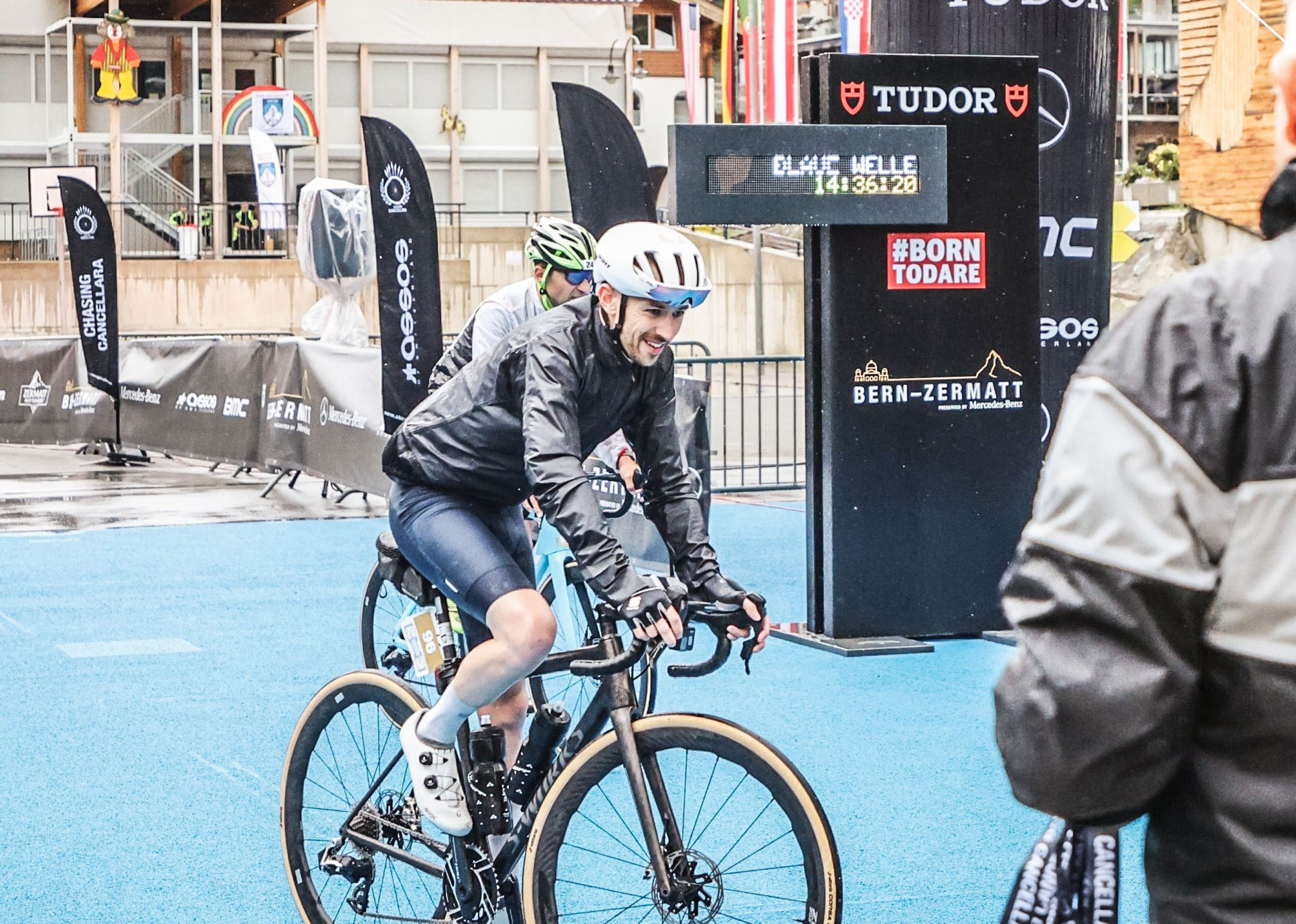
Verdict
I really like the Scott Cadence Plus. Its aero styling doesn't go overboard and it looks good, it's performed really well for me on the bike. It hasn't mattered what I've been doing the helmet has been comfortable. It's a solid all-rounder, and if you're shopping for a helmet to race in or just to go fast in, we now know it's one of the faster ones we tested from a fairly long list. The aero credentials are backed up.
Aside from that, you're getting MIPS tech, an integrated light to help keep you safe, a good Virginia Tech rating score and a nice bag to keep the helmet in. These things, plus slightly more premium finishing in places such as better quality stickers highlight the difference between the Cadence and Van Rysel FCR which performed the same in our wind tunnel test.
Scott has produced a really well-executed helmet in the Cadence Plus that more than holds its own against the competition.







